The Evolving Canvas: Merging Traditional Art with Digital Modernity
With the explosive growth of digital technology, the art world is experiencing a paradigm shift. This digital revolution is altering the way we create, appreciate, and distribute art, transitioning from conventional physical spaces to the vast, virtual realm of the internet. In this article, we will delve into this evolving landscape, examining its impact on traditional art forms such as painting, sculpture, ceramics, and more.
The Tradition-Digital Blend
An exciting trend currently permeating the art world is the merging of traditional techniques and digital tools. Advanced software and devices are enabling artists to emulate the tactile experience of painting, sculpting, or crafting - often with significantly lesser constraints. For example, digital paintbrushes that have an uncanny similarity to the feel of real brushes are helping artists create intricate, textured paintings without the need for expensive canvases or paints.
Art In The Digital Age
The seemingly infinite versatility of digital mediums is allowing artists to experiment with concepts, techniques, and forms that would have been impossible with traditional methods. Some artists are even venturing into novel domains like Virtual Reality and Augmented Reality, pushing the boundaries of what art can be. However, as thrilling as these possibilities are, they also raise fundamental questions: Is this transition enhancing or eroding the essence of traditional art?
The Impact on Traditional Art
From one viewpoint, digital connections could be seen as a threat to the physical, sensory experience that is integral to appreciating traditional artworks. Yet, looking from a different perspective, it might be argued that digital tools are enhancing traditional art by making it more accessible and interactive.
As an example, consider the new wave of virtual art galleries. These online platforms allow viewers to tour art exhibits from the comfort of their homes, making art appreciation a more democratic and inclusive experience. Thus, instead of eroding traditional art, digital technology could be viewed as expanding its reach and potential.
Conclusion: The New Face of Art?
Is digital the new face of art? Possibly. But it is important to note that digital technology isn't simply replacing traditional art forms; it is revolutionising the art world, offering dynamic platforms for the renaissance of traditional techniques.
While the definitive impacts of this transition are yet to completely unfold, one thing is apparent; the advent of digital tools is spurring an intriguing fusion of tradition and innovation in the art sector, a symbiosis that holds promising potential for future artistic expression.
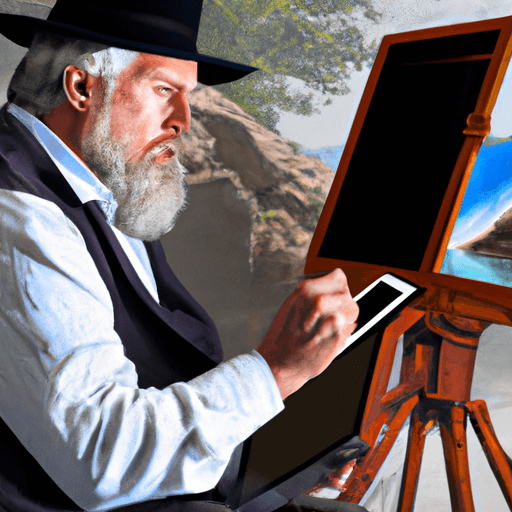
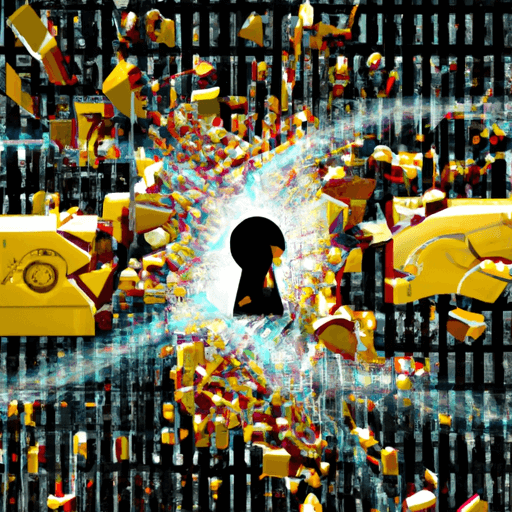


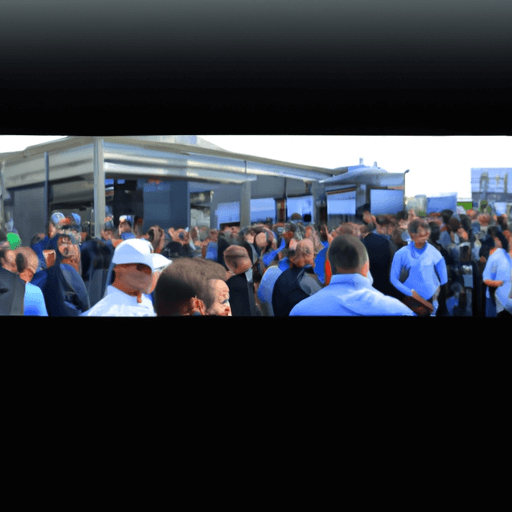


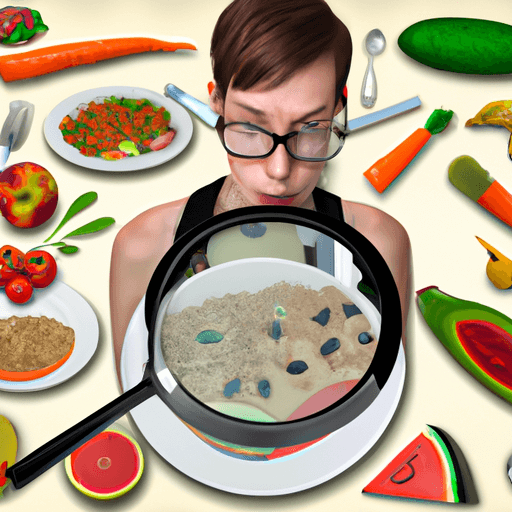

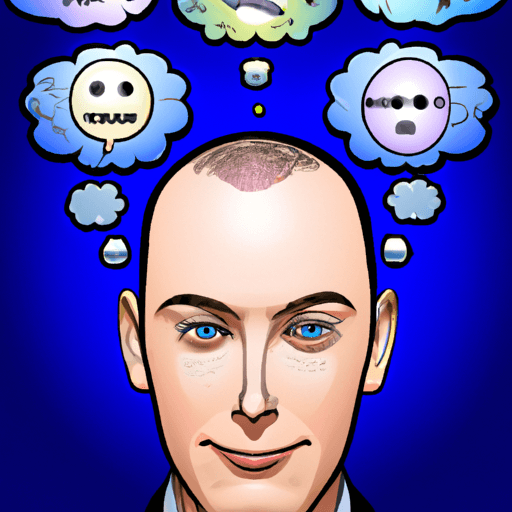


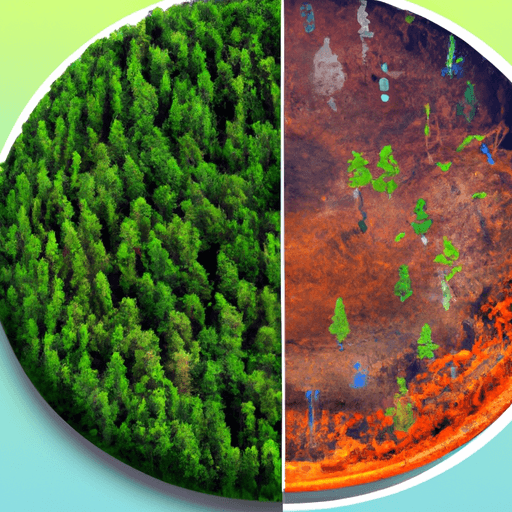
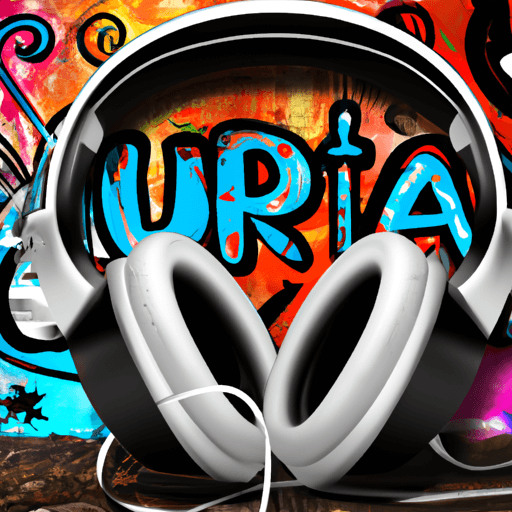

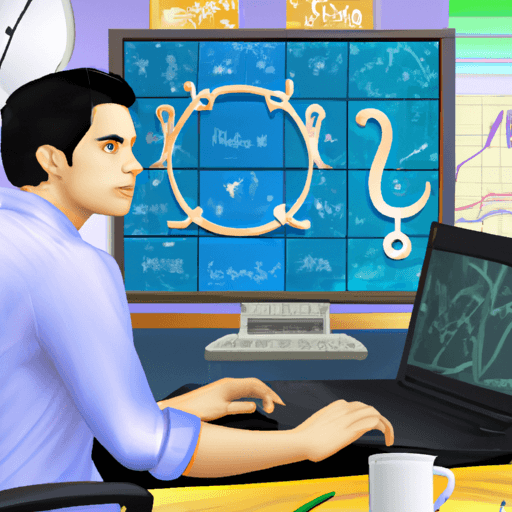
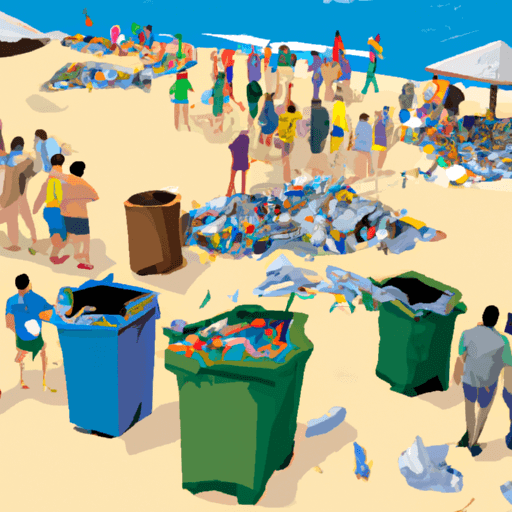
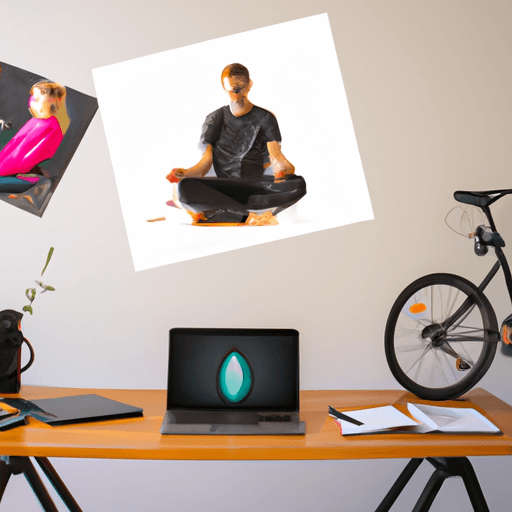

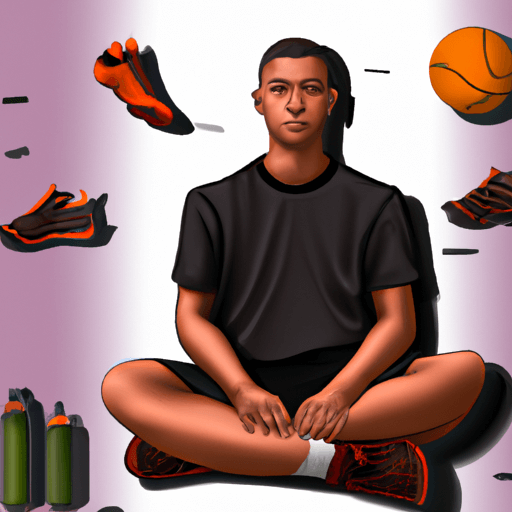
Comments
Leave a Comment